
Section 87A Rebate: Eligibility and Tax Savings in 2025
Section 87A of the Income Tax Act provides a tax rebate for resident individuals with income below a specified threshold. Understanding eligibility, rebate amount, and tax-saving potential is crucial for taxpayers in 2025.
1. What is Section 87A Rebate?
- Offers a rebate on income tax to resident individuals.
- Reduces the tax liability but does not exceed the maximum limit.
2. Eligibility Criteria in 2025
- Must be a resident individual (NRIs not eligible).
- Total taxable income ≤ ₹5,00,000 after deductions under 80C, 80D, etc.
3. Rebate Amount
| Financial Year | Maximum Rebate | Notes |
|---|---|---|
| FY 2024-25 | ₹12,500 | Applicable if taxable income ≤ ₹5,00,000 |
| FY 2025-26 | ₹12,500 | Updated threshold as per latest rules |
Note: If tax payable is less than ₹12,500, rebate is limited to actual tax liability.
4. How to Claim Section 87A Rebate
- Calculate gross total income.
- Apply deductions under Chapter VI-A (80C, 80D, etc.).
- Calculate tax on net taxable income using applicable slab.
- Rebate under Section 87A is automatically applied when filing ITR.
5. Practical Example
| Scenario | Taxable Income | Tax Before Rebate | Tax After 87A Rebate |
|---|---|---|---|
| Individual with ₹4,50,000 income | ₹4,50,000 | ₹22,500 | ₹10,000 |
| Individual with ₹5,00,000 income | ₹5,00,000 | ₹25,000 | ₹12,500 |
| Individual with ₹5,50,000 income | ₹5,50,000 | ₹32,500 | ₹32,500 (Not eligible) |
6. Tax Planning Tips
- Claim eligible deductions under 80C, 80D, 80E to reduce taxable income below ₹5,00,000.
- Utilize Section 87A to maximize tax savings for low-income earners.
- File ITR on time to ensure automatic rebate application.


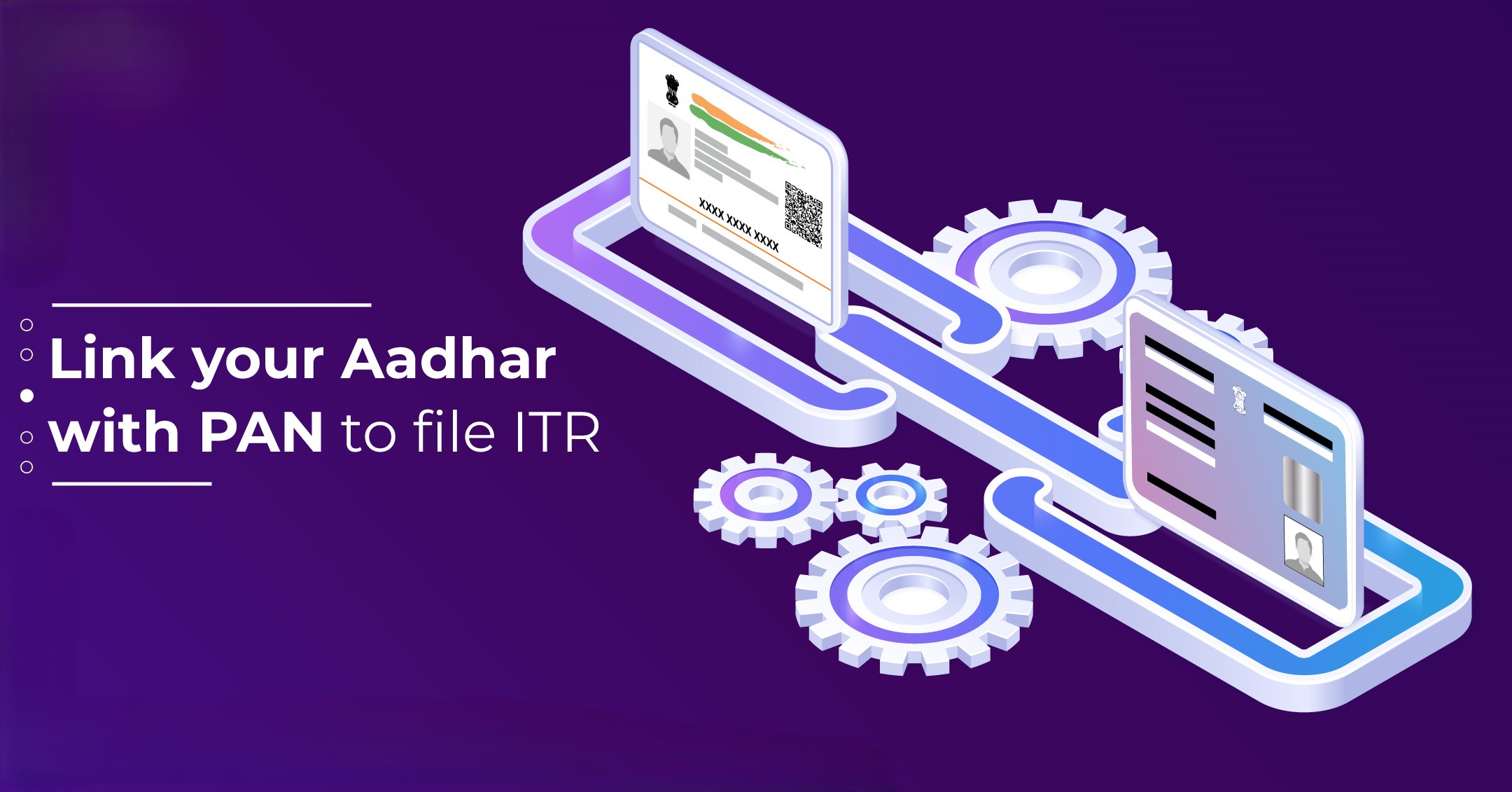
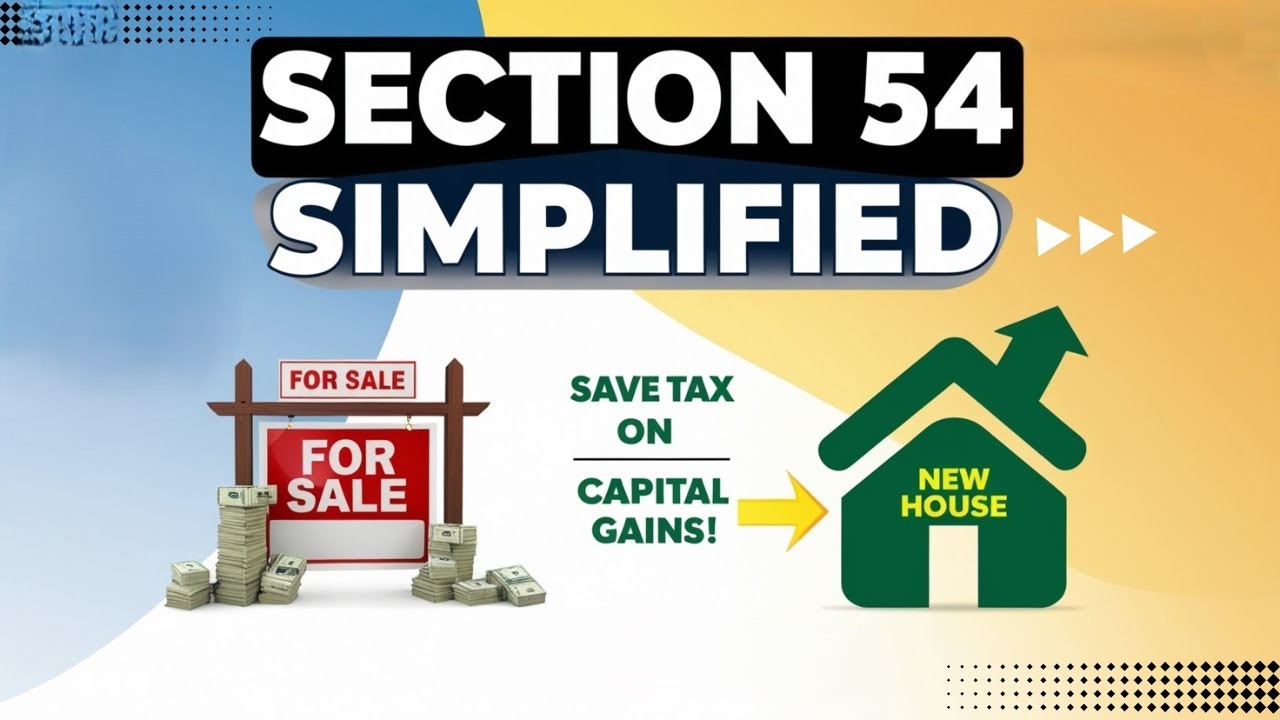
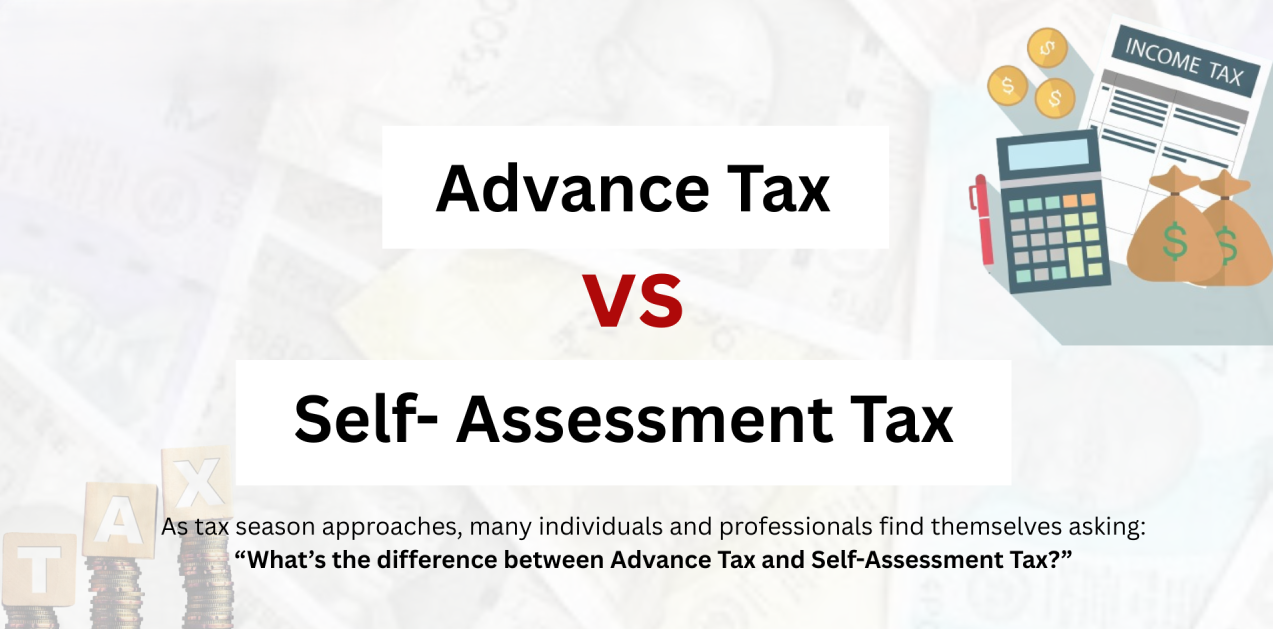
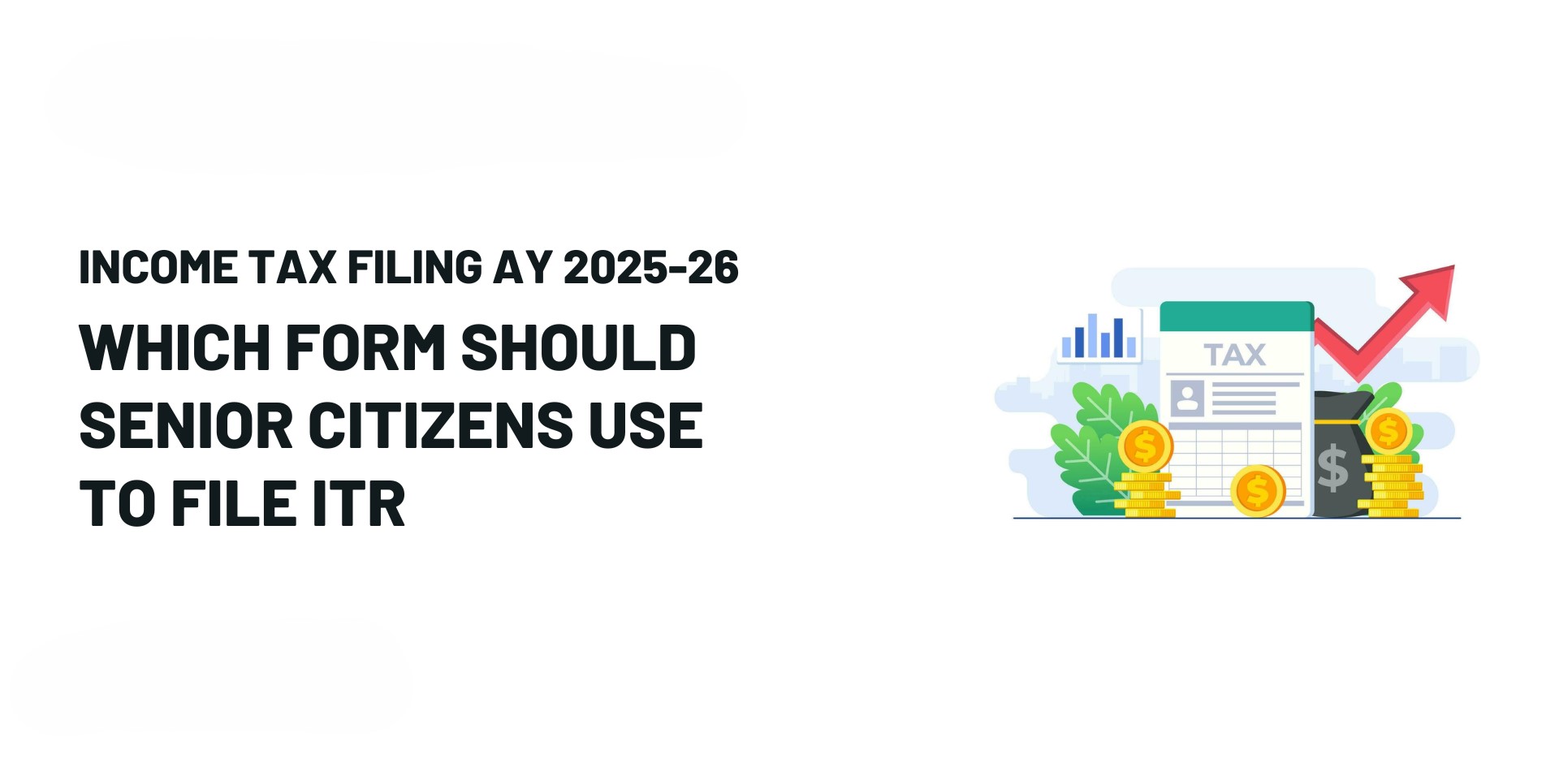
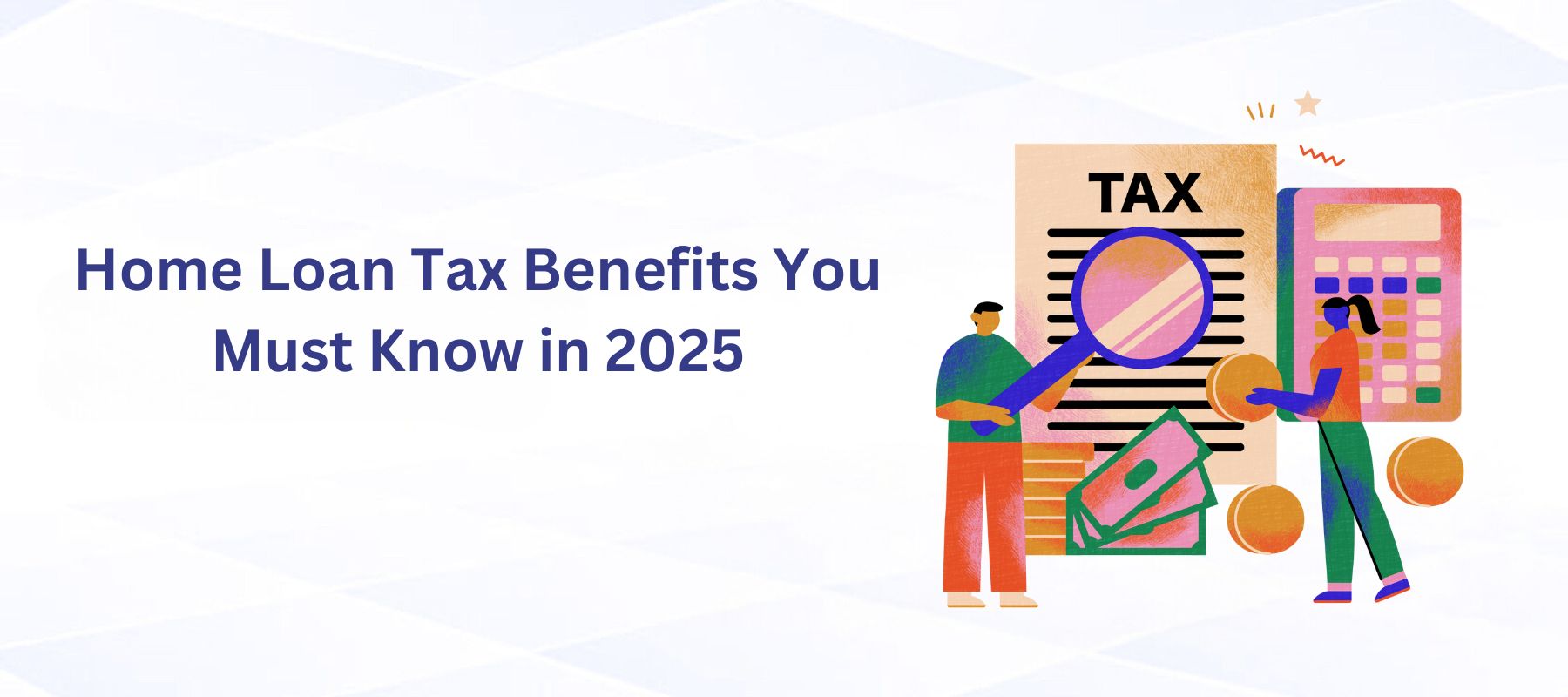
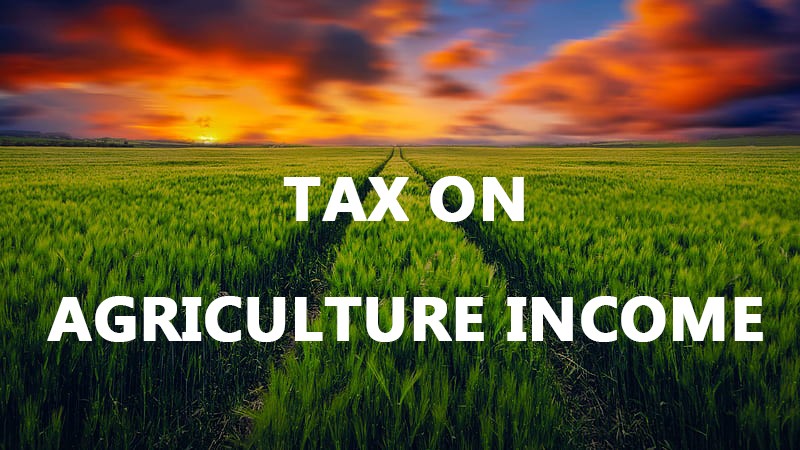
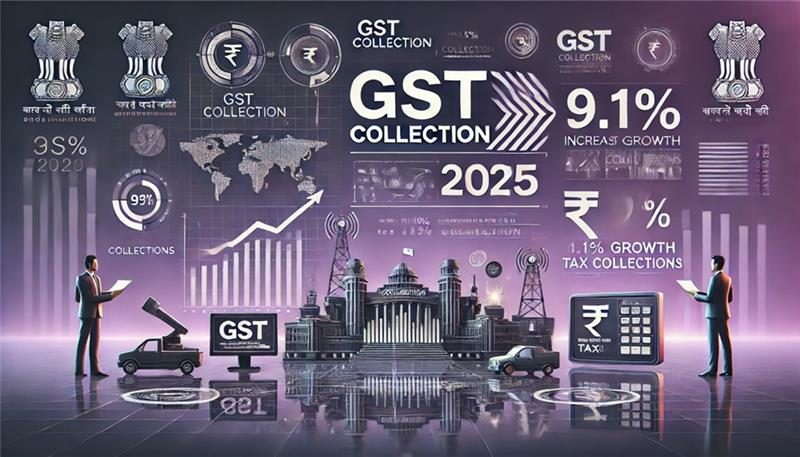
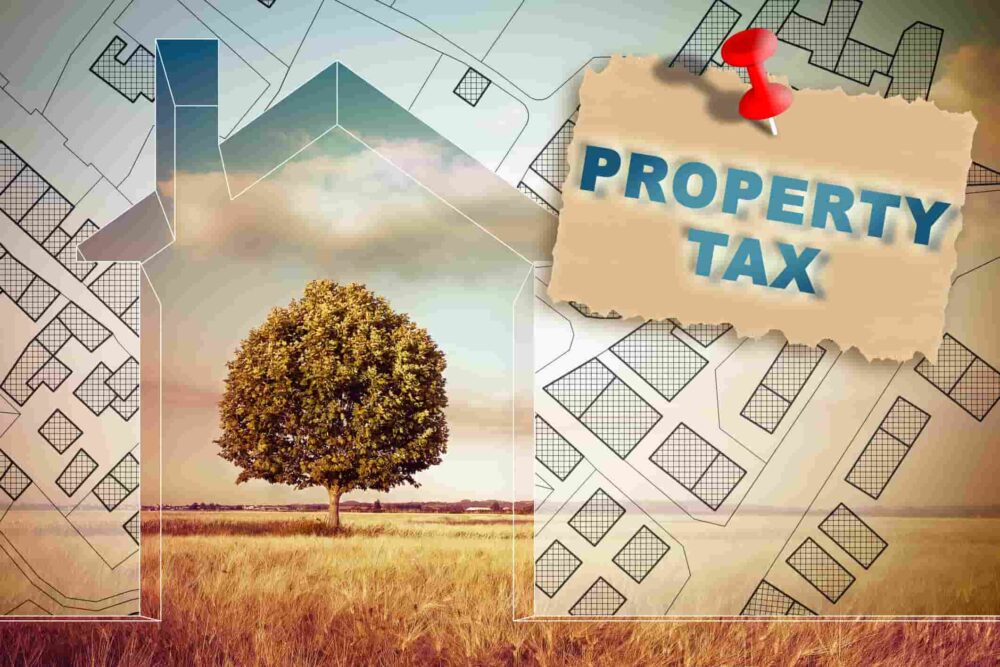
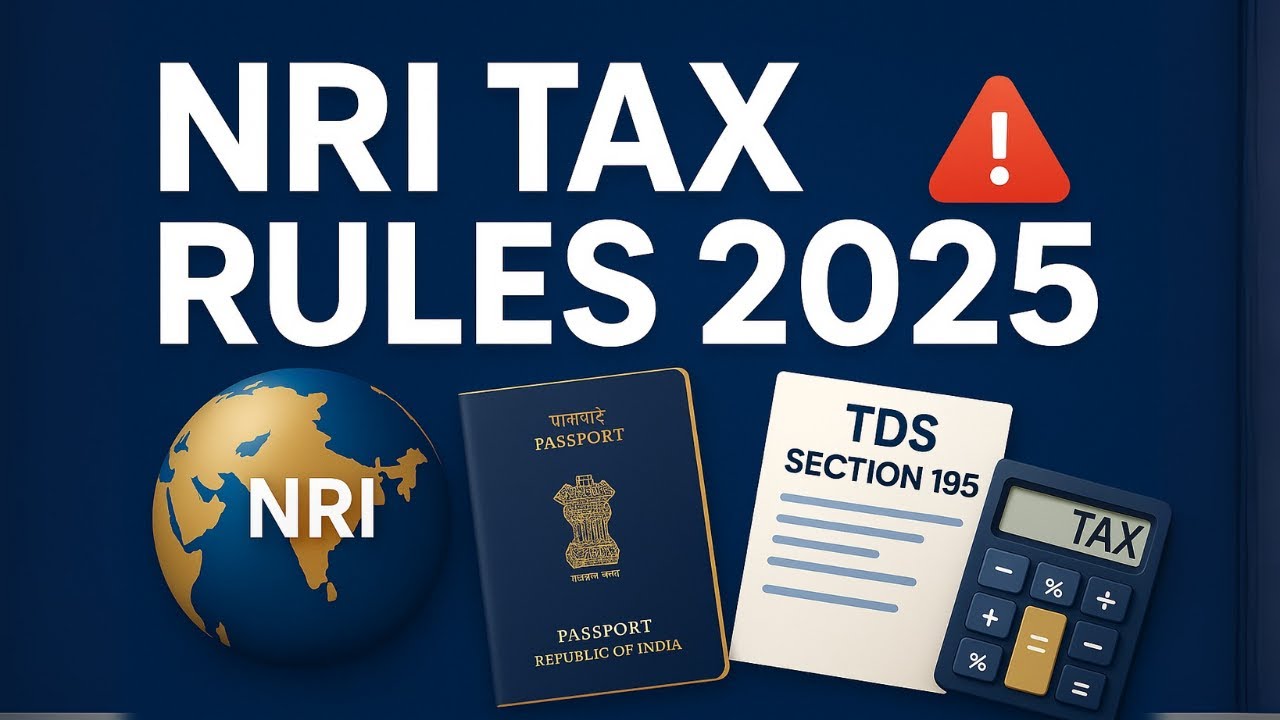
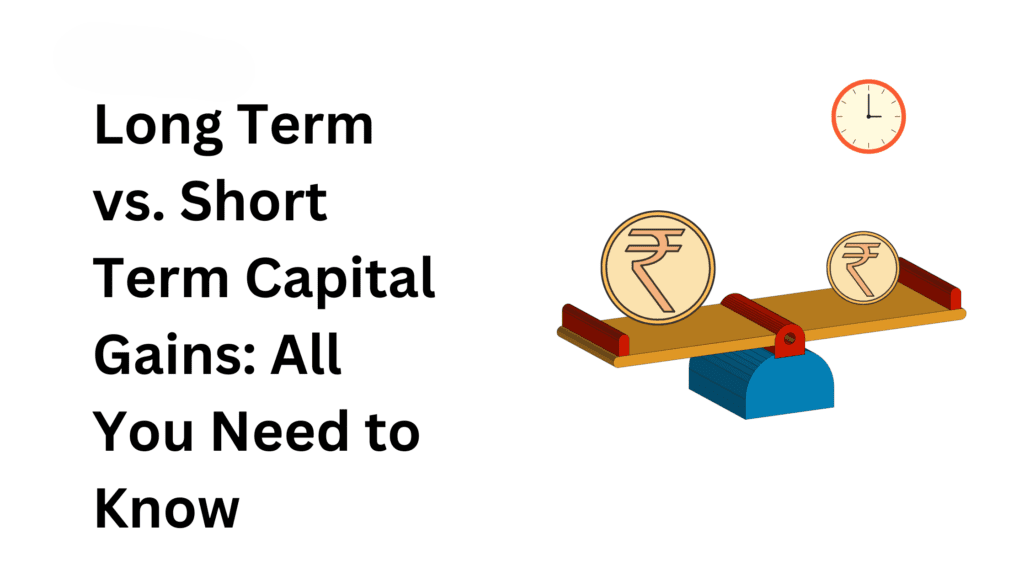
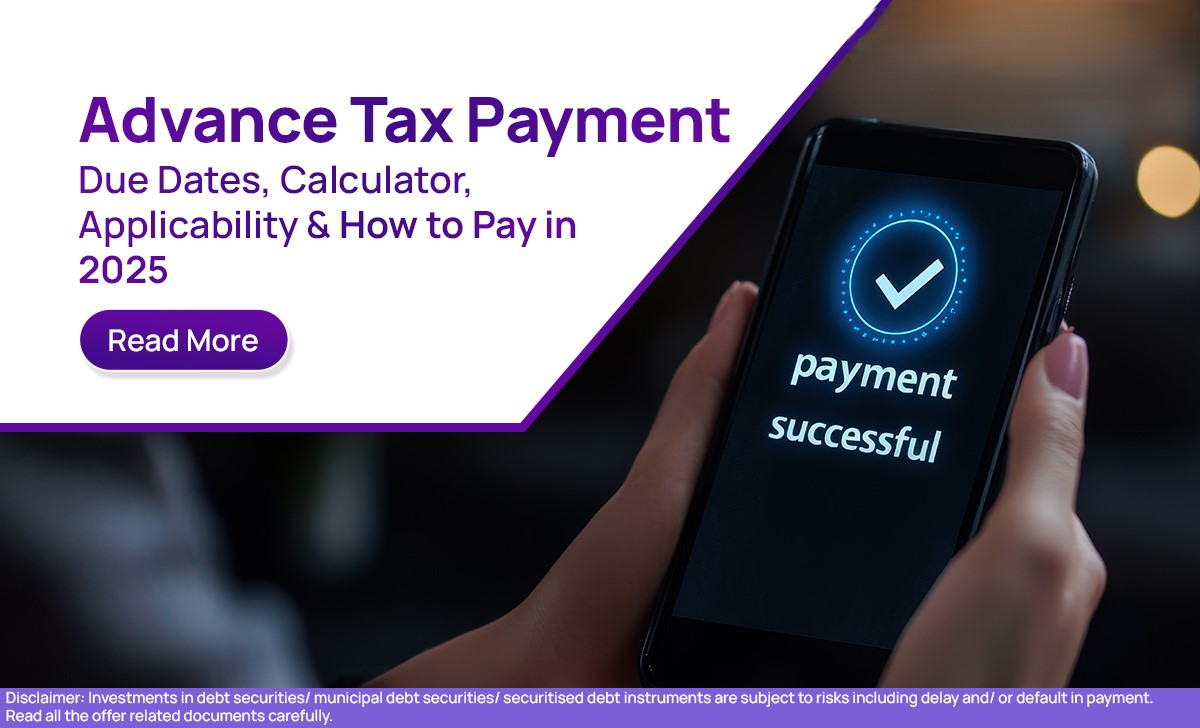

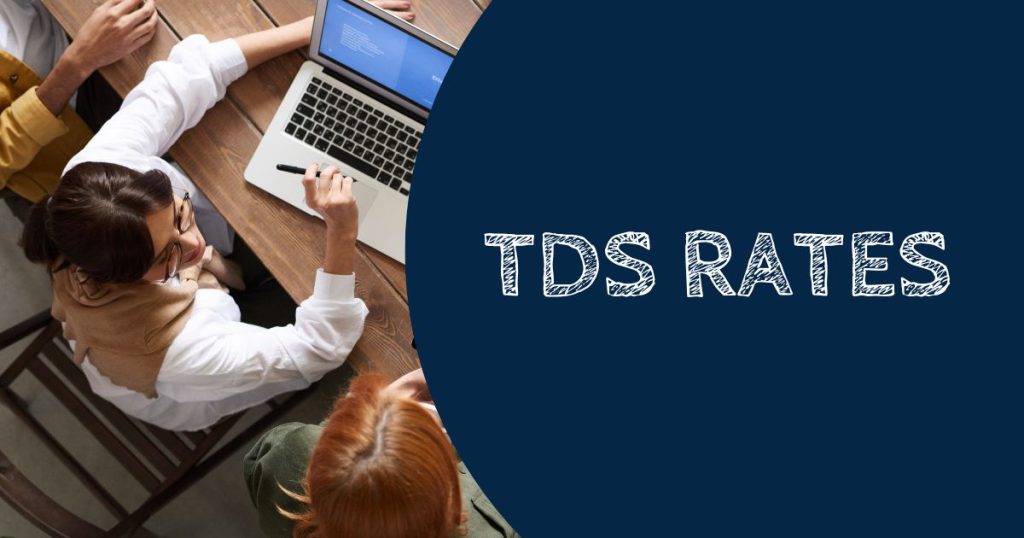
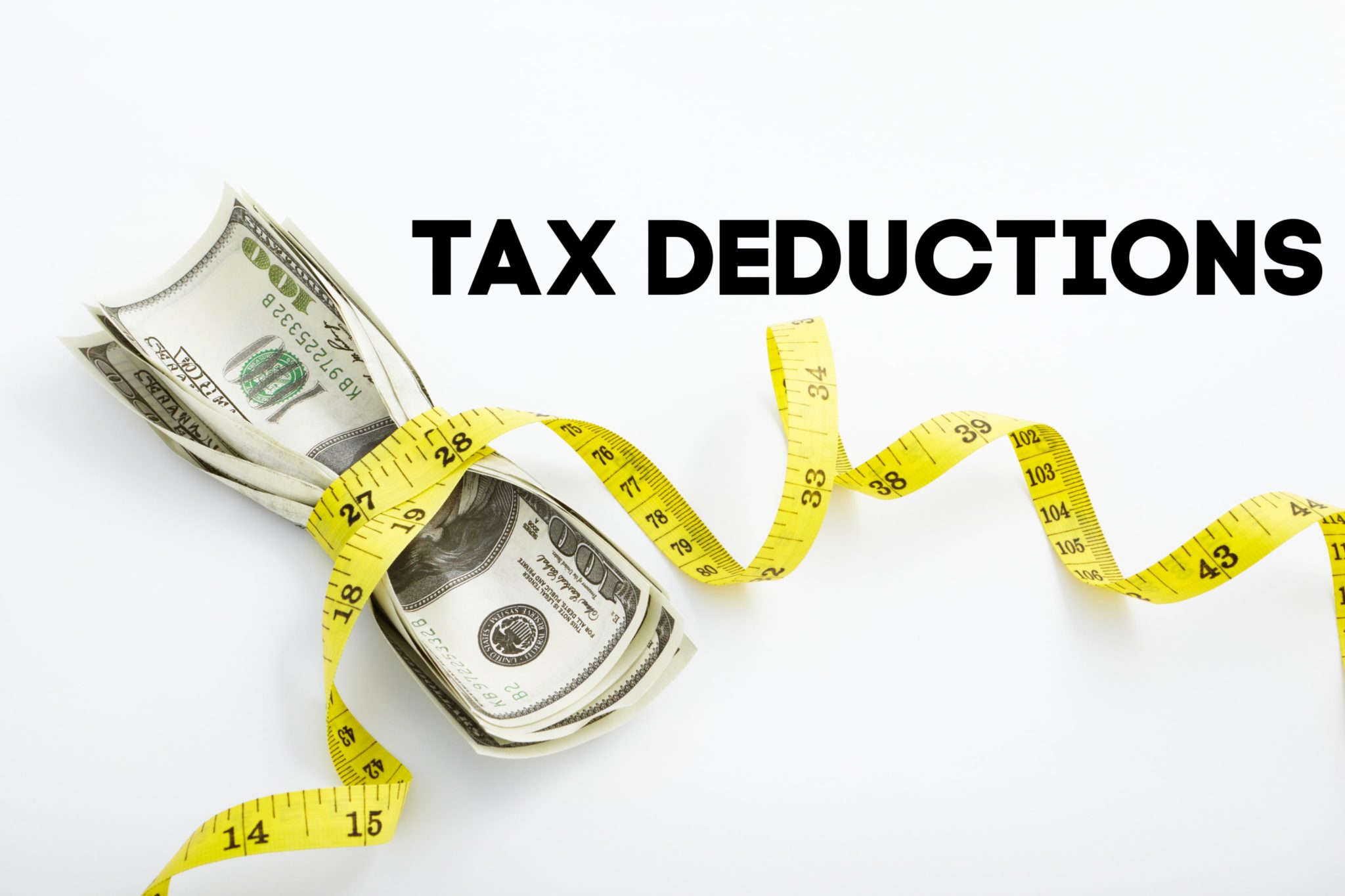
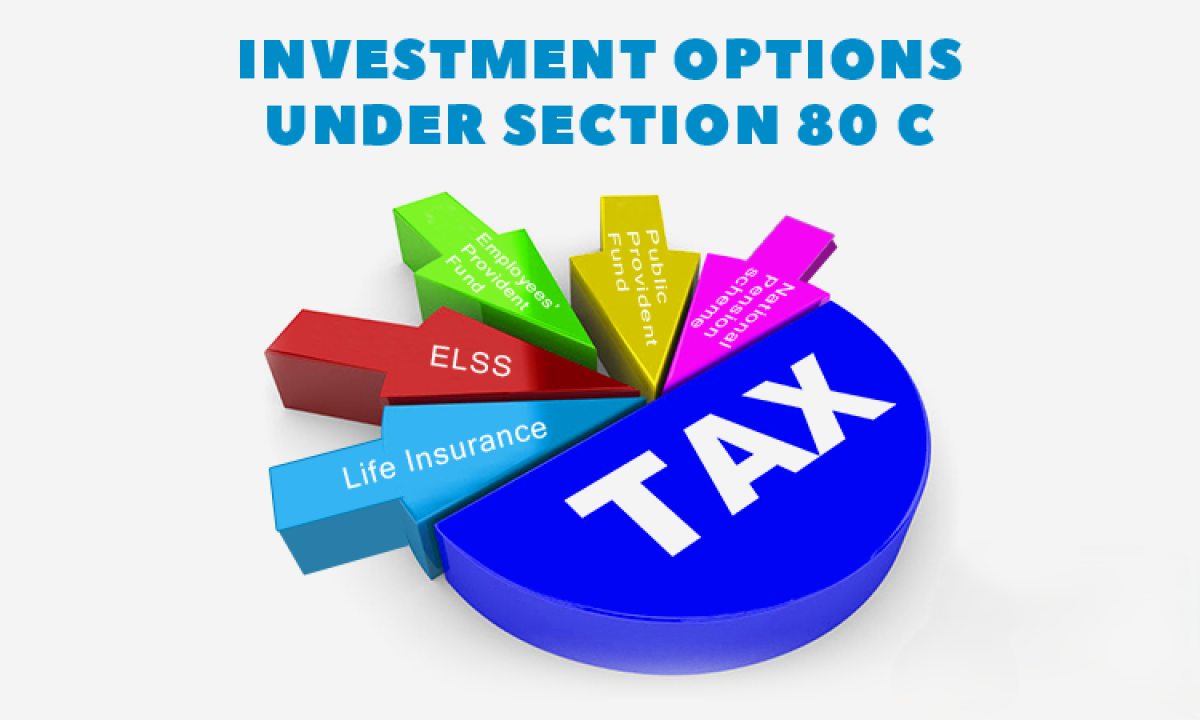
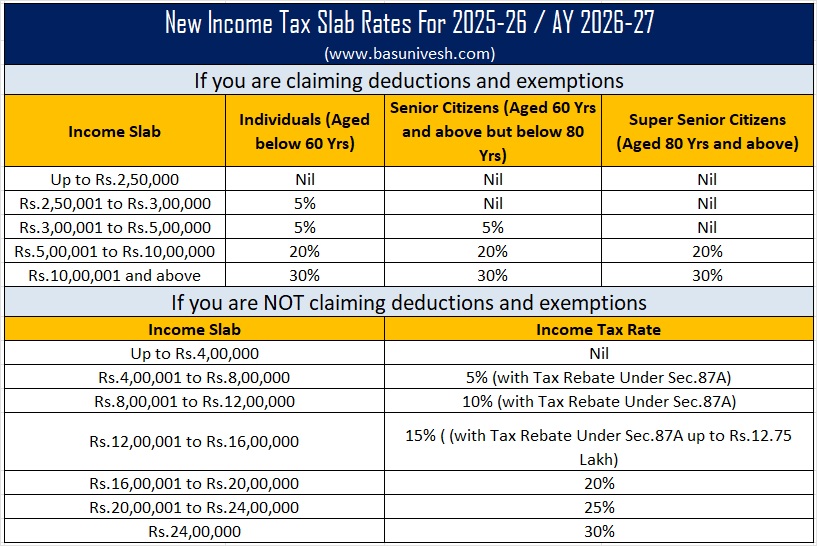
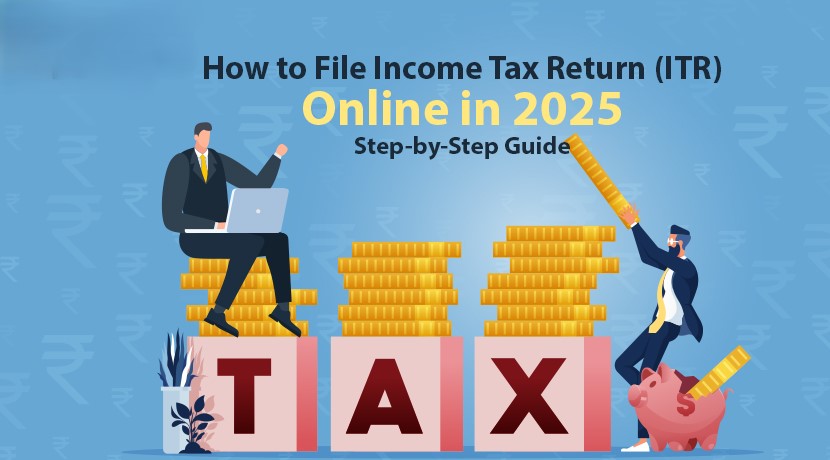
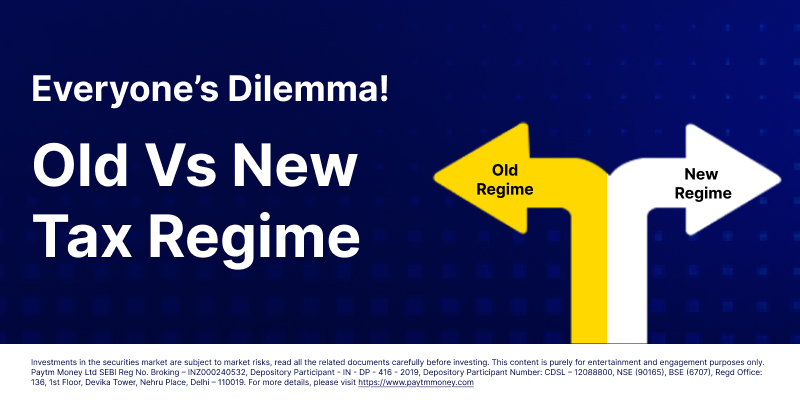
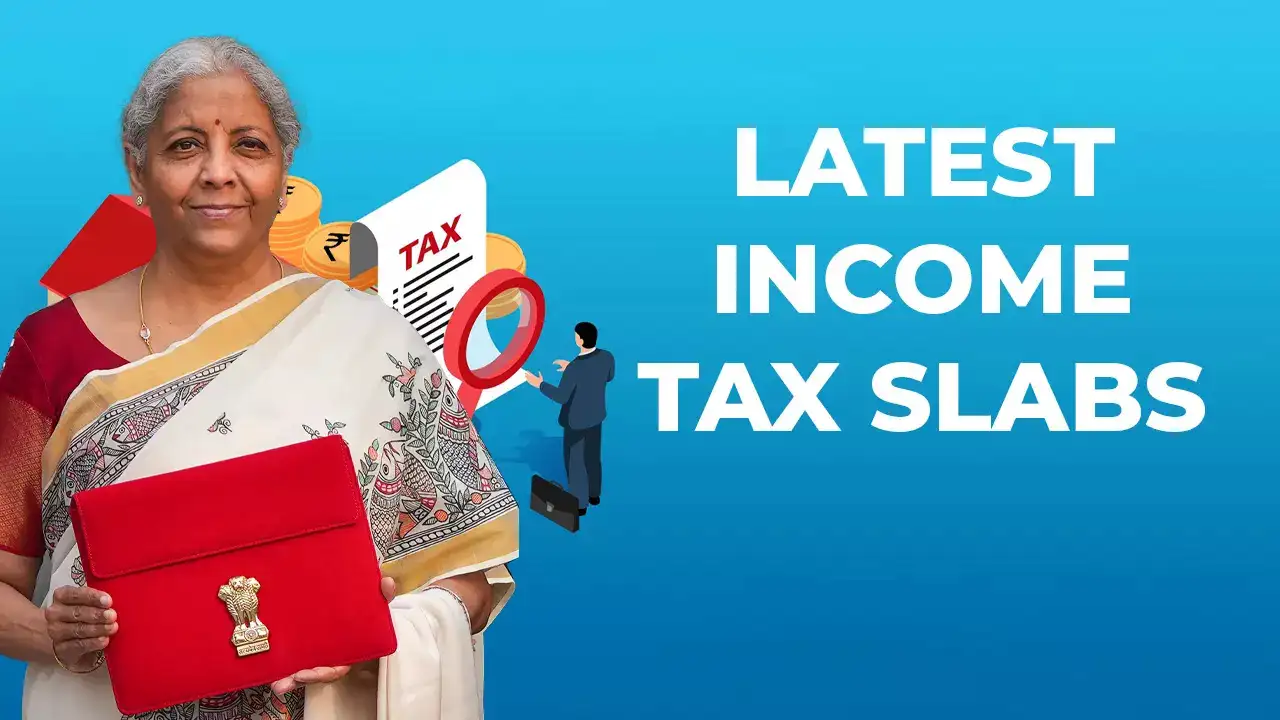
Comments
Add new comment